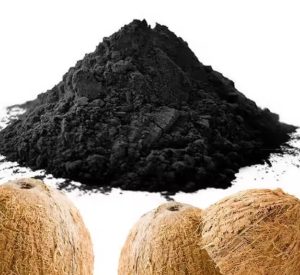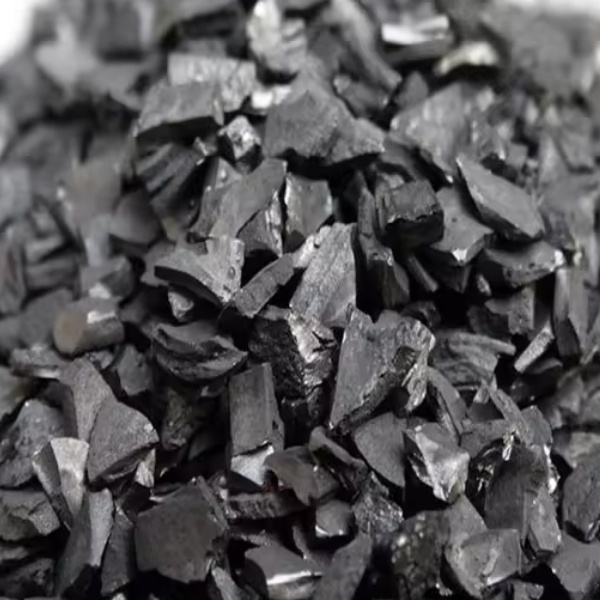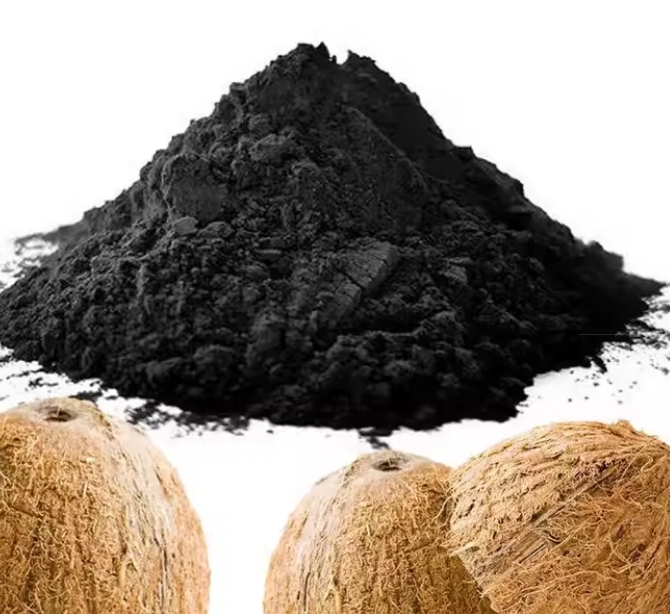Laterite nickel ore is the main mining area for nickel and an important source of nickel. Nickel is one of the basic raw materials for producing electric vehicle batteries. The smelting of laterite nickel ore includes two processes: pyrometallurgy and hydrometallurgy. Currently, the main process is hydrometallurgy, which includes high-pressure acid leaching, atmospheric pressure acid leaching, atmospheric pressure + high-pressure combined acid leaching, reduction roasting-ammonia leaching, etc. High-pressure acid leaching is currently the mainstream route for hydrometallurgy.

During the high-pressure acid leaching process, oxides such as nickel and cobalt in the ore react with sulfuric acid under high temperature conditions (240-260°C) to form soluble sulfates that enter the solution, while impurity elements such as iron form insoluble hematite that remains in the slag. After that, it goes through flash cooling, washing, neutralization and separation processes before precipitation.
In the process of preparing nickel sulfate and cobalt sulfate from laterite nickel ore, it is necessary to extract and remove impurities from the laterite nickel ore leaching solution. The main method of deoiling the laterite nickel ore leaching solution is to filter the laterite nickel ore leaching solution using a filter press, precision filter or activated carbon deoiler. Coconut shell activated carbon can effectively deoil the nickel ore solution.
Activated carbon for nickel ore deoiling is made of high-quality coconut shell activated carbon with low ash content and extremely low heavy metal content. It is suitable for nickel ore smelting, extraction, deoiling and impurity removal.
Coconut shell activated carbon index:
| Iodine mg/g≥1000 |
| CTC%:55 |
| Ash Content%≤1.5 |
| Moisture %≤5 |
| Hardness:≥97 |
| Surface Area m2/g :1050 |
| PH Value:7~11 |
| Bulk Density:0.450-0.550 |
| Ca:0.1 |
| Mg:0.1 |
| Mesh Size:20*80 |



